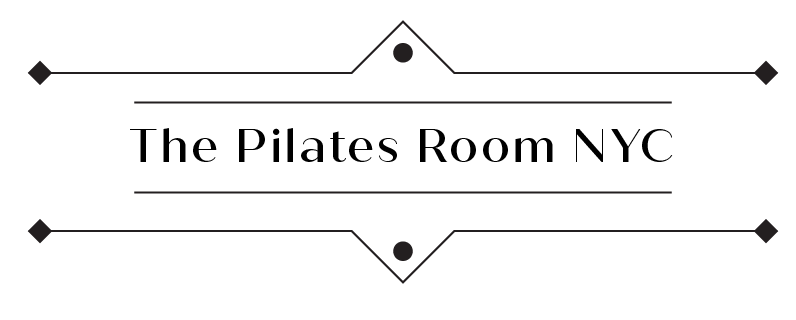Common Pilates Terms for Beginners
Jumping into any new exercise regimen can be daunting and somewhat bewildering—there is so much to learn! Think of walking into a gym for the very first time and taking in all of the machines and freeweights. To a gym newbie, it might appear as if people are performing strange and somewhat ludicrous movements with extraordinarily complicated machines.
Pilates—though it requires fewer bizarre looking machines—is no different. It is a unique practice that introduces people to a new way of inhabiting their body and moving through the world. If you are a Pilates beginner, there are a few terms you may start hearing around the studio that involve parts of the body, important Pilates techniques and tools. To give you a leg up on what some of these terms mean, we’ve created a basic glossary of common Pilates vocabulary.
Alignment
Refers to the proper positioning of the body, where the bones and joints are in their optimal positions to allow for efficient movement.
Articulation
The process of moving the spine in a segmental, controlled manner, often used in exercises like the roll-up or spine stretch.
Breathing
In Pilates, breath is more than just a simple inhale/exhale. It is emphasized as a way to support movement, facilitate deep engagement of core muscles, and improve circulation. Typically, you inhale through the nose and exhale through the mouth, with a focus on exhaling fully.
C-Curve
A position in which the spine forms a "C" shape, often used in exercises to help stretch and engage the back and abdominal muscles.
Contrology
The original name for Pilates, referring to the method's emphasis on controlled, precise movements and awareness of the body.
Core
The group of muscles that includes the abdominals, lower back, and pelvic floor muscles. These muscles are engaged in nearly every Pilates exercise to maintain stability and support the spine.
Extension
The action of straightening or lengthening a body part, often referring to movements like spine extension in exercises like the Swan Dive or Cobra.
Flexion
The act of bending a body part, such as in spine flexion during exercises like the Roll Up or Hundred.
Lateral Flexion
The movement of the spine to the side, often used in exercises like side bends to stretch and strengthen the obliques.
Magic Circle (aka Pilates Ring)
A small, flexible ring used as a prop in Pilates to create resistance, helping to strengthen muscles and increase flexibility.
Neutral Spine
A position where the spine maintains its natural curves—slightly arched in the lower back (lumbar curve), slightly rounded in the upper back (thoracic curve), and with a natural curve in the neck (cervical curve). Maintaining a neutral spine is key for injury prevention.
Pelvic Placement
The positioning of the pelvis to ensure proper alignment during Pilates exercises. It's important for maintaining balance and stability and for ensuring the core muscles are engaged.
Pilates Stance
Also known as "feet in V position" or "second position", this is a standing position with heels together and toes slightly apart. Pilates Stance is often used as a starting position for footwork on the reformer.
Powerhouse
A term used to describe the area of the body from the lower ribs to the pelvis, which includes the abdominals, pelvic floor, back, and hips. This is the center of strength and stability in Pilates.
Prone
Lying on your stomach, a position commonly used in Pilates for back extensions and gluteal activation exercises.
Reformer
A piece of Pilates equipment consisting of a sliding carriage, springs, ropes, and pulleys. It is used for resistance training and offers a wide variety of exercises to target strength, flexibility, and alignment.
Sacrum
The large, triangular bone at the base of the spine, part of the pelvis, often referenced in Pilates for its role in pelvic alignment.
Scapula (Shoulder Blade)
The bones on either side of the upper back, important in exercises where you need to stabilize the shoulders and arms.
Scoop
A term used to describe the action of deeply engaging the abdominal muscles by drawing the belly button toward the spine, creating a hollowed-out feeling in the lower abdomen.
Spinal Rotation (with a hinge)
A Pilates exercise often done in a seated or lying position, where you rotate the torso and stretch laterally, targeting the obliques and hips.
Spine Stretch
A Pilates exercise designed to articulate the spine, often performed in a seated position, involving forward bending to lengthen the back and stretch the hamstrings.
Stability
The ability to maintain control of movements, especially the position of the torso and pelvis, while engaging the core. Stability is key in almost all Pilates exercises.
Supine
Lying on your back, often used in Pilates exercises to focus on abdominal work or spinal alignment.
Transitions
The smooth movements between different exercises, requiring control and focus to maintain form and flow throughout a Pilates session.

